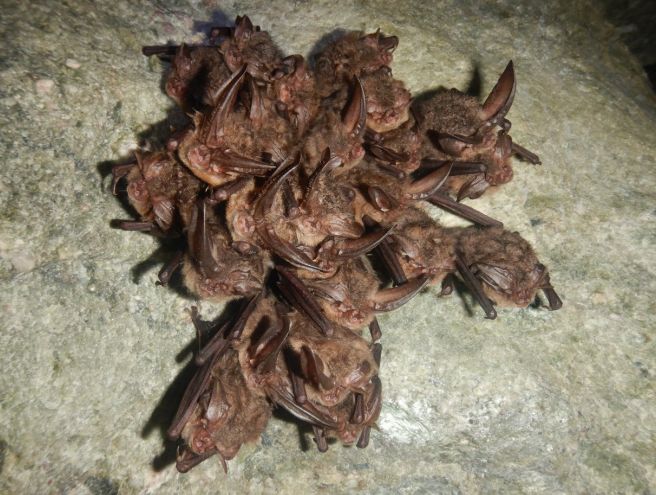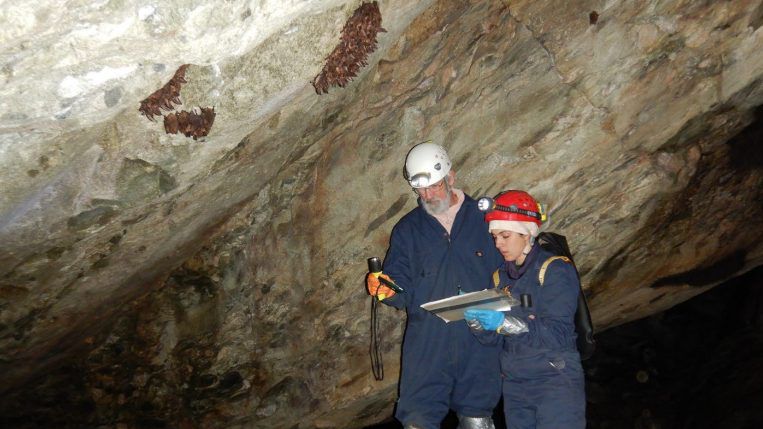State environmental officials are working on new rules to help protect a rare species of bat found in the Blue Ridge Mountains.
Last week, the North Carolina Wildlife Resources Commission shared a draft conservation plan for the Virginia big-eared bat and have opened the plan to public comment.

The Virginia big-eared bat is listed as an endangered species by both state and federal authorities and wasn't spotted in North Carolina until 1981.
While it’s considered medium-sized, as far as bats go, it only grows to around four inches long and weighs less than half an ounce.
In North Carolina, the species is concentrated mainly in Avery and Watauga counties, but it’s also found in Virginia, Tennessee, West Virginia and Kentucky.
Though it’s still considered critically endangered in North Carolina, state officials reported a record-high population in 2023, with 462 bats counted in the primary hibernation sites.
The conservation plan outlines four main conservation actions to help support and protect the bat populations: habitat protection, incentives for private landowners, monitoring and research and educational outreach.
According to the plan draft, the major hibernation and maternity sites are owned by the state and are already protected, but research shows many bats forage on private land.
Through the Wildlife Conservation Land Program, landowners in North Carolina can enter an agreement with the state in which they receive property tax deferrals in exchange for managing their land for a protected species.
In this case, landowners with caves or mines on their property that have documented use by bats are eligible.
Landowners might also be eligible for conservation easement, which provides federal tax benefits to those who agree to protect or manage parts of their land for conservation purposes.
Another important part of the plan is continued monitoring of known caves, hibernation sites and foraging areas to ensure bats are protected from human interference.
Bats are generally wary of humans, but the especially large ears on the Virginia big-eared bat make them even more susceptible to human disturbance.
Like most species of bats, this species hibernates through most of the winter, and pregnant females migrate to maternity roosts in the early spring to give birth and raise their pups.
Continued disturbance can cause bats to abandon a hibernation roost before the end of winter, putting them at greater risk of starvation. Similarly, adult females will abandon a maternity roost and their pups if human interference becomes too great.
In North Carolina, the majority of the species is found in just two primary caves, making their protection from people even more important.
The N.C. Wildlife Resources Commission hopes the plan will encourage this species’ population growth in North Carolina and surrounding states, with the long-term goal of getting it off the endangered species list.
The conservation plan will be available for public comment until March 1, 2024.



